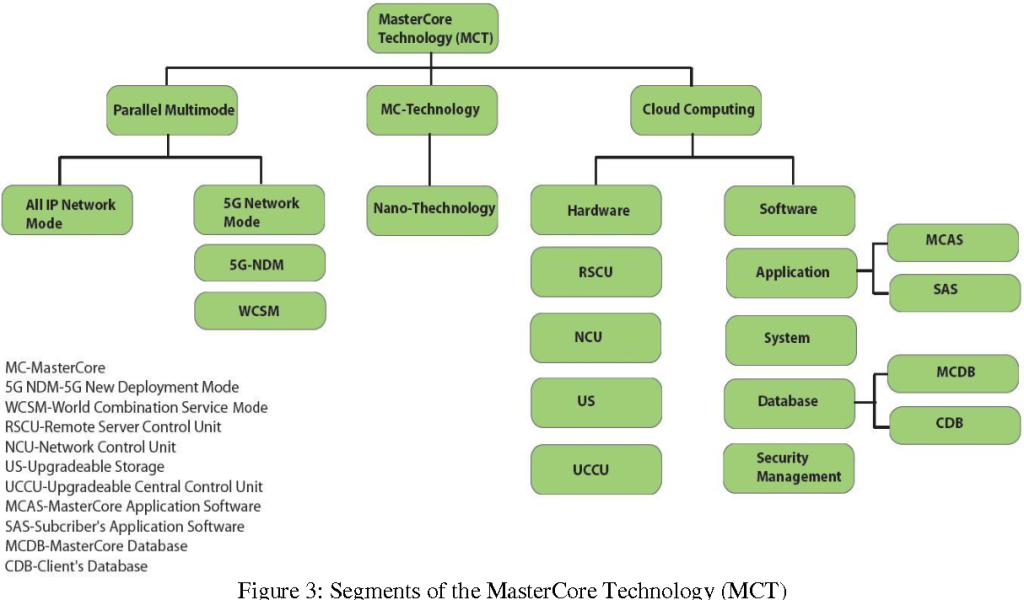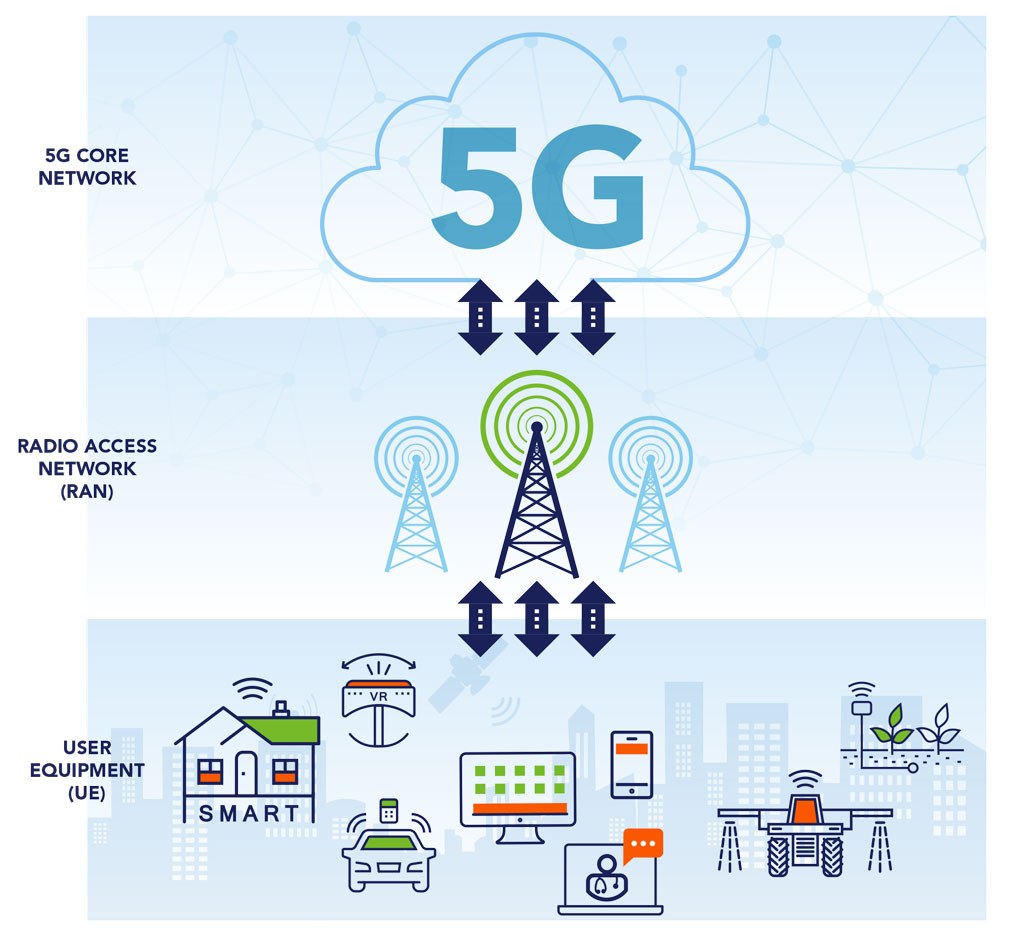The Ultimate Guide To The Cutting-Edge Hardware Of 5G Wireless Technology: Unlock The Future Now!
Hardware of 5G Wireless Technology
Introduction
Dear Readers, welcome to our informative article on the hardware of 5G wireless technology. In this article, we will explore the various components and devices that make up the infrastructure of 5G networks. As the next generation of wireless technology, 5G promises faster speeds, lower latency, and greater capacity. Understanding the hardware behind this revolutionary technology is essential for both tech enthusiasts and industry professionals. So, let’s dive into the world of 5G hardware and explore its fascinating features and capabilities.
3 Picture Gallery: The Ultimate Guide To The Cutting-Edge Hardware Of 5G Wireless Technology: Unlock The Future Now!



Table of Contents
1. What is 5G Wireless Technology?

Image Source: digi.com
2. The Evolution of 5G Hardware
3. Key Components of 5G Networks
4. The Role of Base Stations

Image Source: cloudfront.net
5. Antennas and Radio Frequency Systems
6. Small Cells and Massive MIMO

Image Source: software.org
7. Network Slicing and Virtualization
8. Advancements in Chipsets and Processors
9. The Importance of Fiber Optic Cables
10. The Challenges of 5G Hardware Deployment
11. Advantages and Disadvantages of 5G Hardware
12. Frequently Asked Questions
13. Conclusion
14. Final Remarks
1. What is 5G Wireless Technology?
5G wireless technology is the next generation of mobile communication networks. It is designed to provide faster speeds, lower latency, and increased capacity compared to its predecessors, such as 4G LTE. With 5G, users can enjoy enhanced connectivity and improved user experiences for applications like virtual reality, augmented reality, autonomous vehicles, and smart cities. The hardware behind 5G networks plays a crucial role in enabling these advancements.
2. The Evolution of 5G Hardware
The development of 5G hardware has been a result of extensive research, innovation, and collaboration among industry players. The journey from 4G to 5G involved significant advancements in technology, including the use of higher frequency bands, advanced antenna systems, and network virtualization. These hardware upgrades have paved the way for the deployment of 5G networks worldwide.
3. Key Components of 5G Networks
5G networks consist of several key components that work together to provide seamless connectivity. These include base stations, antennas, radio frequency systems, small cells, massive MIMO (Multiple Input Multiple Output), network slicing, virtualization, chipsets, processors, and fiber optic cables. Each component plays a crucial role in ensuring the efficient functioning of the network.
4. The Role of Base Stations
Base stations are an essential part of 5G networks as they act as the link between mobile devices and the core network. They transmit and receive wireless signals, enabling communication between users and the network infrastructure. Base stations are equipped with powerful processors, high-capacity storage, and advanced antennas to handle the increased data traffic and deliver high-speed connections.
5. Antennas and Radio Frequency Systems
Antennas and radio frequency (RF) systems are vital components of 5G hardware. They are responsible for transmitting and receiving wireless signals between base stations and user devices. 5G antennas are designed to support higher frequencies and beamforming techniques, which enable targeted signal transmission. RF systems ensure efficient signal processing and minimize interference in the network.
6. Small Cells and Massive MIMO
Small cells and massive MIMO technology are key enablers of 5G networks. Small cells are compact base stations that can be deployed in densely populated areas to enhance network coverage and capacity. Massive MIMO utilizes a large number of antennas to improve signal quality, increase spectral efficiency, and support multiple users simultaneously. These technologies are essential for delivering the promised benefits of 5G.
7. Network Slicing and Virtualization
Network slicing and virtualization are revolutionary concepts in 5G hardware. Network slicing allows operators to divide a single physical network into multiple virtual networks, each tailored to specific user requirements. Virtualization, on the other hand, enables the consolidation of network functions onto shared hardware platforms, reducing costs and enhancing flexibility. These technologies play a crucial role in enabling diverse 5G use cases.
8. Advancements in Chipsets and Processors
Advancements in chipsets and processors have been instrumental in the development of 5G hardware. These components provide the necessary computing power and processing capabilities to handle the increased data traffic and enable faster communication. With the advent of 5G, chipsets and processors have become more powerful, energy-efficient, and capable of supporting complex applications.
9. The Importance of Fiber Optic Cables
Fiber optic cables form the backbone of 5G networks by providing high-speed and reliable connectivity. These cables transmit data using light signals, allowing for faster data transfer rates and lower latency. The deployment of fiber optic cables is crucial for ensuring the seamless operation of 5G networks, especially in densely populated areas where high-capacity connections are required.
10. The Challenges of 5G Hardware Deployment
Despite its numerous benefits, the deployment of 5G hardware poses several challenges. These include the need for extensive infrastructure upgrades, the availability of suitable spectrum, regulatory requirements, and the high cost of implementation. Overcoming these challenges is essential for the successful rollout of 5G networks worldwide.
11. Advantages and Disadvantages of 5G Hardware
Like any technology, 5G hardware has its advantages and disadvantages. Some of the advantages include faster speeds, lower latency, increased network capacity, and support for emerging technologies. However, there are also concerns regarding the potential health effects of prolonged exposure to 5G radiation and the need for significant investments in infrastructure. Understanding these pros and cons is crucial for making informed decisions about the adoption of 5G technology.
12. Frequently Asked Questions
1. What are the main benefits of 5G hardware?
2. How does network slicing work in 5G?
3. Are there any health risks associated with 5G radiation?
4. What challenges does 5G hardware deployment face?
5. How can 5G hardware revolutionize industries?
13. Conclusion
In conclusion, the hardware of 5G wireless technology plays a crucial role in enabling the next generation of mobile communication networks. The advancements in components such as base stations, antennas, small cells, and chipsets have paved the way for faster speeds, lower latency, and increased network capacity. However, the deployment of 5G hardware comes with its challenges, such as infrastructure upgrades and regulatory requirements. As technology continues to evolve, 5G hardware will undoubtedly revolutionize industries and transform the way we connect and communicate.
14. Final Remarks
Friends, we hope this article has provided valuable insights into the hardware of 5G wireless technology. As 5G networks continue to expand globally, understanding the intricacies of the underlying hardware is essential. Whether you are a tech enthusiast or a professional in the industry, staying informed about the latest trends and advancements in 5G hardware will undoubtedly benefit you. Embrace the future of wireless technology and explore the endless possibilities it brings!
Disclaimer: The information provided in this article is for educational purposes only. The views and opinions expressed in this article are those of the author and do not necessarily reflect the official policy or position of any organization.
This post topic: Computer Hardware

